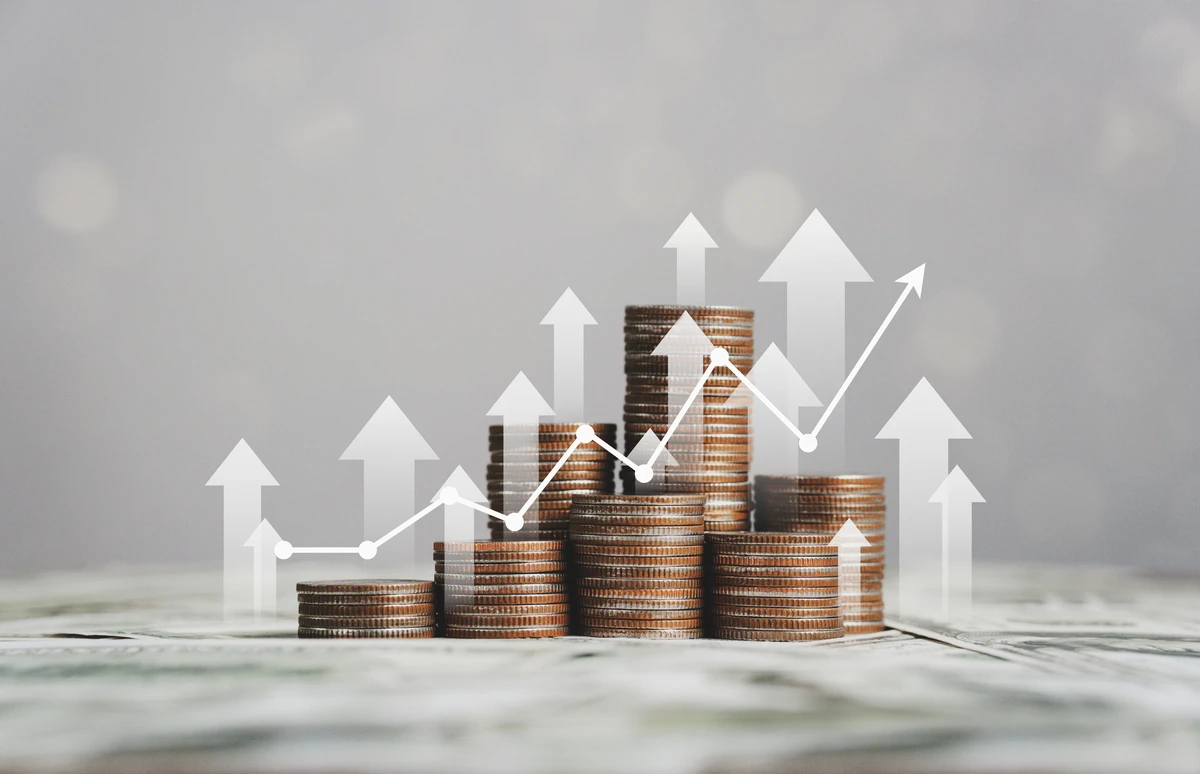Chevron, experiencing a slight decline of 0.80%, boasts an impressive history of dividend growth. Earlier this year, the oil conglomerate celebrated its 37th consecutive dividend increase, marking the second-longest ongoing streak within the oil industry. Over recent years, Chevron has managed to double its payout growth rate compared to its nearest competitor, including an 8% raise this year.
One of the key factors behind Chevron’s success is its emphasis on returns rather than mere growth, avoiding the tendency to pursue the most popular areas within the oil industry. Instead, Chevron strategically allocates its capital to areas promising attractive returns. One such underappreciated investment focus is the U.S. Gulf of Mexico, a strategy that holds the potential to yield significant dividends in the future.
An Underappreciated Asset
Chevron’s extensive and globally diversified portfolio spans upstream, midstream, and downstream assets, encompassing production, pipelines, and chemicals and refining. This business model allows Chevron to extract maximum value from every molecule of hydrocarbons it produces. The company prioritizes maximizing returns by investing in regions that offer low-cost and preferably lower carbon-intensity oil and gas production.
The U.S. Gulf of Mexico is one such region where Chevron’s operations produce some of the world’s lowest carbon-intensity oil and gas. By investing in expanding its output from this area, Chevron can achieve attractive returns.
Recently, Chevron initiated water injection operations at its Jack/St. Malo and Tahiti facilities in the deepwater Gulf of Mexico to enhance oil and gas recovery. These projects aim to maximize returns from Chevron’s existing resource base and bring the company closer to its goal of increasing production in the region to 300,000 net barrels of oil equivalent per day (BOE/d) by 2026.
These endeavors are just a fraction of Chevron’s ongoing projects in the area. The company is nearing the first oil delivery for its Anchor development, which was completed under budget, utilizing multiple groundbreaking technologies. These projects position Chevron to achieve high cash margins and low carbon-intensity production growth.
Chevron’s Gulf of Mexico growth potential remains substantial. As one of the largest leaseholders in the basin, Chevron possesses leading technological capabilities and appealing exploration opportunities near existing infrastructure and in frontier areas. These factors strengthen Chevron’s position for continued production growth in the region.
A Potential Booster
Quietly advancing its stance in the Gulf of Mexico, Chevron recently agreed to acquire Hess, which experienced a 1.63% decline last year, in a nearly $60 billion transaction. The primary motivation behind this acquisition is Hess’s stake in the oil-rich Stabroek block offshore Guyana. Additionally, Hess’s presence in the Bakken region would enhance Chevron’s U.S. onshore resource position, alongside its operations in the U.S. Gulf of Mexico and Southeast Asia.
While the deal’s focus has been on Guyana—rightly so, given its world-class resource potential—most investors have overlooked Hess’s operations in the U.S. Gulf of Mexico, producing approximately 30,000 BOE/d. This position complements Chevron’s existing assets in the region, allowing for capital-efficient development projects that can increase production and enhance returns in this low-cost, low carbon-intensity area. These attributes contribute to the exceptional strategic fit of the Hess acquisition.
One of Many Growth Drivers
Chevron anticipates growing its free cash flow by about 10% annually over the coming years, partly due to lesser-known assets like its position in the Gulf of Mexico. The addition of Hess, reinforcing Chevron’s already strong regional presence while introducing additional growth drivers, could accelerate this growth. By 2027, Chevron’s free cash flow could more than double, solidifying its status as a compelling dividend growth stock. This financial strength should provide ample support for maintaining its impressive streak of dividend increases in the years ahead.




